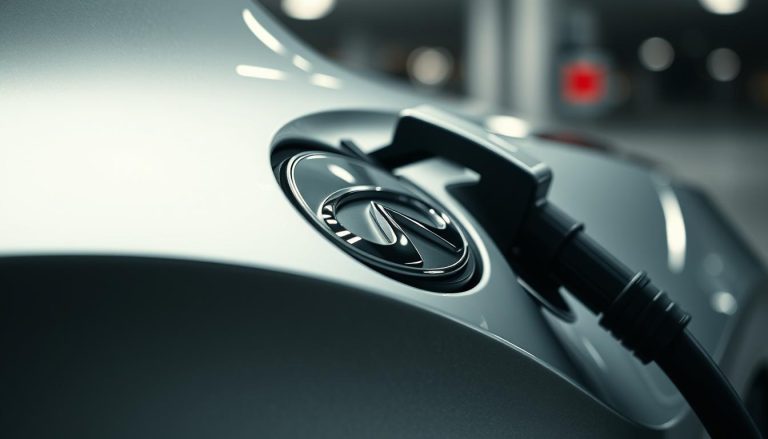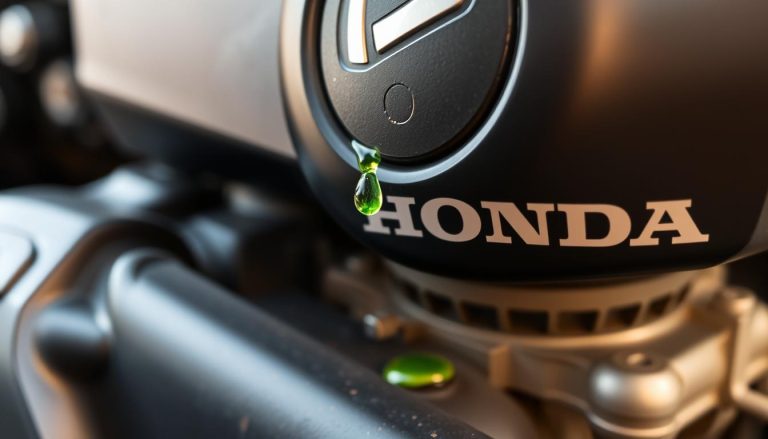One caliper pin has rubber to reduce noise and vibrations during braking. This rubber acts as a buffer.
When maintaining your vehicle’s braking system, you may have noticed that one of the caliper pins has a rubber bushing or sleeve around it. This rubber component serves a crucial purpose in minimizing noise and vibrations when you apply the brakes.
By absorbing some of the shocks and movements, the rubber helps to provide a smoother and quieter braking experience. Understanding the function of this rubber sleeve can help you appreciate its role in ensuring optimal performance and comfort while driving. Let’s delve deeper into the significance of the rubber bushing on caliper pins and why it is an essential component in your vehicle’s braking system.
The Purpose Of Rubber On Caliper Pins
Caliper pins are an essential component of a vehicle’s brake system. One caliper pin has rubber on it for two main reasons. Firstly, the rubber serves as a protective barrier against contaminants such as dirt, dust, and moisture. These contaminants can cause corrosion and damage to the caliper pin, leading to decreased brake performance.
Secondly, the rubber on the caliper pin helps in reducing noise. When the brake pads come into contact with the caliper pin, friction occurs, which can create squealing or grinding noises. The rubber acts as a cushion, absorbing some of the vibrations and reducing the noise produced during braking.
In summary, the rubber on the caliper pin functions as a protective barrier against contaminants and helps in noise reduction during braking. By incorporating rubber on one caliper pin, the brake system’s overall performance and longevity are improved.
The Importance Of Caliper Pins In Braking Systems
Caliper pins with rubber contribute to smooth braking by reducing friction between the caliper and pads. The rubber coating absorbs vibrations and noise for quiet operation. This improves brake performance and longevity, ensuring efficient stopping power. Caliper pins allow the pads to move freely, preventing uneven wear and ensuring safety on the road. When the caliper pin has rubber, it helps to maintain optimal brake function and extends the lifespan of the braking system.
Common Issues With Caliper Pins
Caliper pins are vital components in a vehicle’s braking system, responsible for ensuring smooth and effective operation. However, they can encounter common issues such as corrosion and sticking.
Corrosion is a major concern, as it can lead to the pin seizing within the caliper bracket. This can result in uneven brake pad wear, reduced braking performance, and increased strain on other components.
Sticking caliper pins are another common problem, typically caused by a lack of lubrication or contamination. When pins stick, the caliper may not fully release, causing the brake pads to remain in contact with the rotor even when the pedal is released.
To prevent these issues, regular maintenance is key. Cleaning and greasing the pins properly during brake pad replacement or servicing can help prevent corrosion and sticking. Additionally, using a high-quality, heat-resistant lubricant can provide long-lasting protection against these problems.
| Common Issues | Solutions |
|---|---|
| Corrosion | Clean and grease pins regularly, use heat-resistant lubricant |
| Sticking | Ensure proper lubrication, clean pins during maintenance |
By taking proactive measures to address these issues, drivers can ensure the longevity and optimal performance of their vehicle’s braking system.
Rubber Material Used In Caliper Pins
The rubber material used in caliper pins is essential for reducing friction and noise during braking.
Composition: The rubber is combined with metal to create a flexible and durable material that can withstand high temperatures and pressures.
Durability: This composition ensures that the caliper pins have a longer lifespan and require less maintenance over time.
Maintenance And Replacement Of Rubber On Caliper Pins
Rubber on caliper pins undergoes wear and tear due to constant friction during braking. Its purpose is to reduce noise and vibrations. Replacing rubber on a caliper pin is crucial to ensure smooth and quiet operation of the braking system.
| Inspection: Check rubber for wear and tear regularly. |
| Replacement Procedures: Remove old rubber, clean pin, apply new rubber carefully. |
Enhancing Brake System Performance
This blog post aims to shed light on the importance of using rubber material and proper lubrication for caliper pins in enhancing brake system performance.
When it comes to brake systems, every component plays a crucial role in ensuring efficient and safe vehicle operation. One such component is the caliper pin, which is often equipped with rubber material.
The choice of rubber material for caliper pins is significant as it provides several advantages. Rubber acts as a dampener, reducing noise and vibration during braking. It also helps in absorbing heat generated from friction, preventing the caliper pins from overheating and causing damage to other brake components.
Proper lubrication is equally important in ensuring smooth operation of the caliper pins. Lubricating the pins with a high-quality lubricant reduces friction and allows the caliper pins to slide freely. This promotes optimal braking performance by preventing sticking or binding of the caliper pins.
Frequently Asked Questions On Why Does One Caliper Pin Have Rubber
Why Do Some Caliper Pins Have A Rubber Seal?
Caliper pins with rubber seals prevent dirt and moisture from entering, ensuring smooth brake operation.
Where Does The Brake Caliper Pin With Rubber Go?
The brake caliper pin with rubber goes into the caliper bracket to help secure the brake pads in place. This helps ensure smooth and efficient braking performance.
What Is The Rubber Boot On A Slide Pin?
The rubber boot on a slide pin serves as a protective cover, preventing debris and moisture from entering the pin’s housing. This helps to maintain the smooth functioning of the pin and prolong its lifespan.
What Is The Rubber Piece On A Caliper?
The rubber piece on a caliper is a protective boot that shields the moving parts from dirt and debris.
Why Does One Caliper Pin Have Rubber?
The rubber on one caliper pin helps reduce noise and vibration, improving brake performance and extending pad life.
Conclusion
Understanding the purpose of rubber on one caliper pin is crucial. It helps reduce noise, vibration, and excessive wear. Proper maintenance ensures optimal braking performance and safety. Keep your vehicle in top shape by addressing any rubber-related issues promptly. Your safety on the road depends on it.


